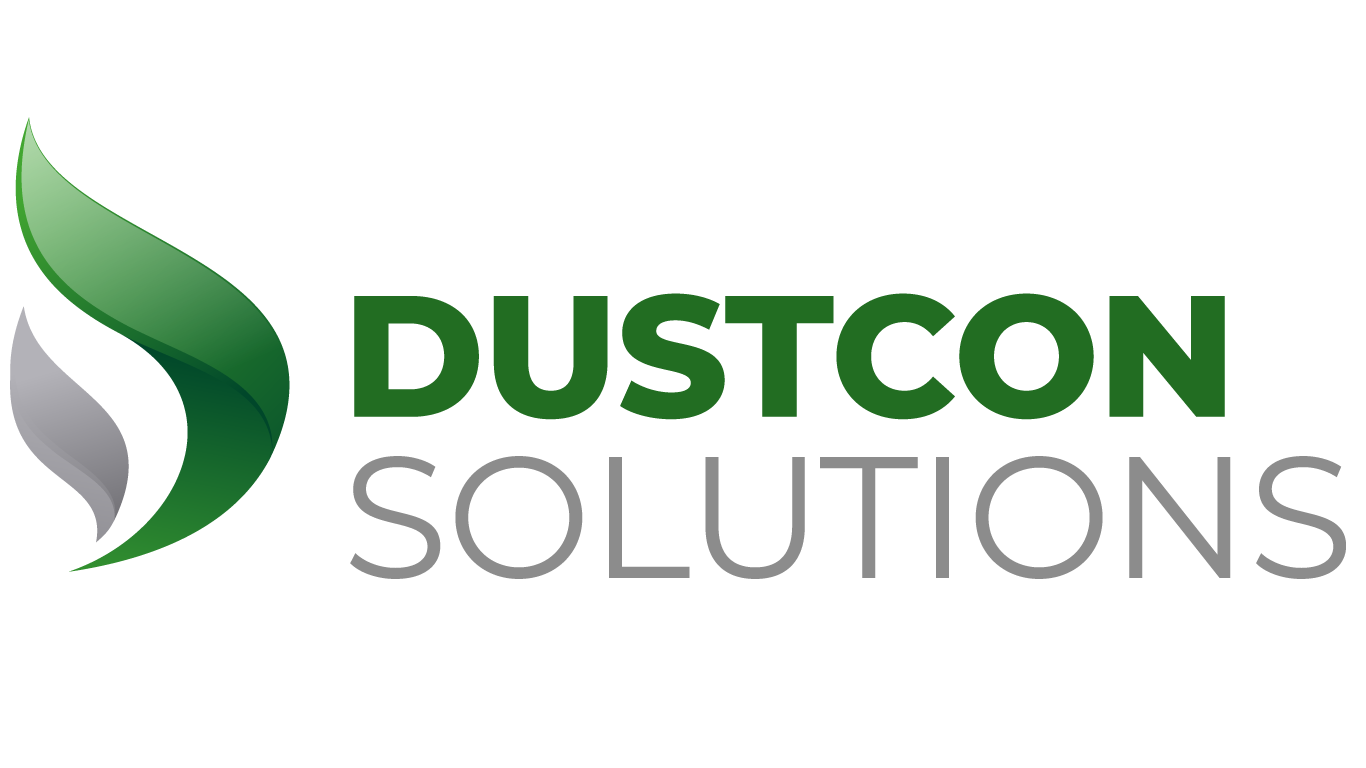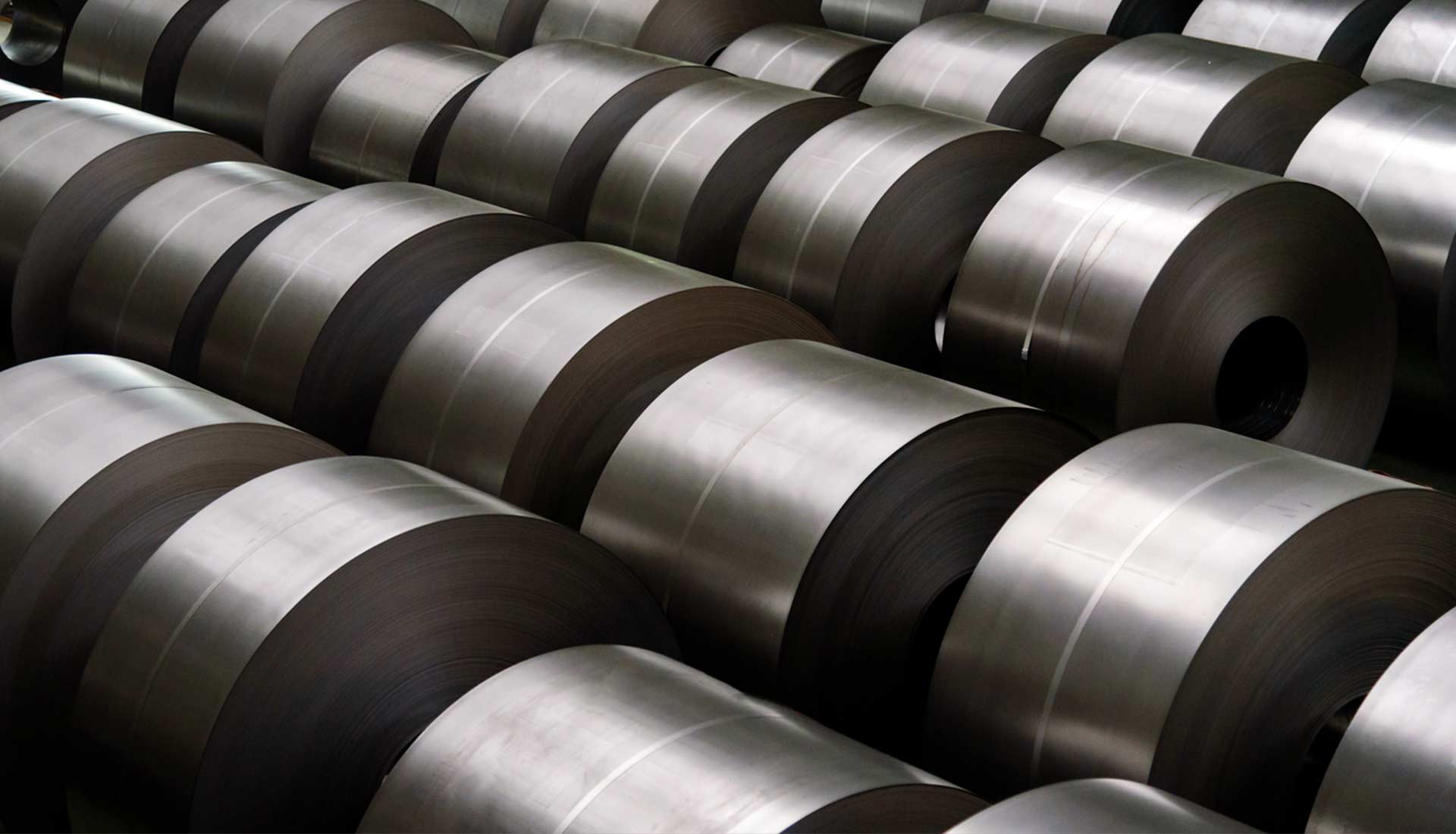
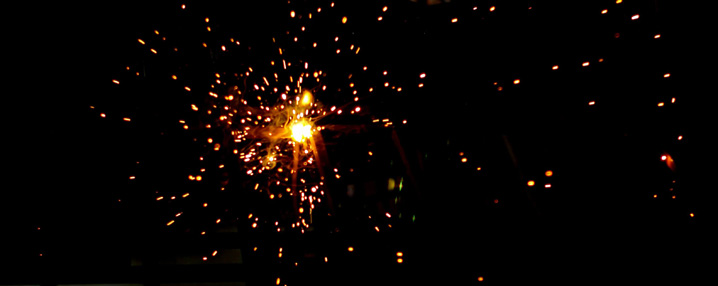
Lower your risk of combustible dust explosion with hazardous materials testing and dust hazard analysis
Combustible dust testing involves conducting laboratory tests on finely divided combustible particulate solids to assess their potential hazards, such as combustion, flash fires, and explosions when they are suspended in air or another oxidizing medium. These tests are typically carried out in specialized laboratories equipped to handle and analyze combustible dust samples.
The purpose of combustible dust testing is to evaluate the combustibility and explosibility of various dust materials. It helps identify the risks associated with specific dusts and provides valuable information for the development of safety measures and control strategies to prevent accidents and mitigate potential hazards.
There are different types of tests conducted during combustible dust testing. These include screening tests for combustibility and explosibility, which determine if a dust sample is capable of burning or exploding. Screening tests for combustibility and explosibility are an essential part of combustible dust testing. These tests help determine if a dust sample has the potential to burn or explode under specific conditions. Here are some common screening tests used in combustible dust testing:
- Minimum Ignition Energy (MIE) Test: This test measures the minimum amount of energy required to ignite a dust cloud. The dust sample is dispersed in a test chamber, and various potential ignition sources, such as electrical sparks or hot surfaces, are introduced to determine the minimum energy needed for ignition. The MIE value indicates the sensitivity of the dust to ignition and helps assess its explosion risk.
- Minimum Explosible Concentration (MEC) Test: The MEC test determines the minimum concentration of a dust cloud in the air that is capable of propagating an explosion. The dust sample is dispersed in a chamber, and different concentrations are tested to identify the lowest concentration at which an explosion can occur. This information is critical for understanding the explosibility range of the dust and establishing safe operating limits.
- Limiting Oxygen Concentration (LOC) Test: The LOC test determines the minimum concentration of oxygen required to support combustion in a dust cloud. By gradually decreasing the oxygen concentration in a test chamber, the point at which combustion ceases can be identified. This value helps establish safe oxygen levels to prevent dust explosions.
- Go/No-Go Tests: These tests provide a quick assessment of a dust sample’s potential combustibility. They involve subjecting the dust to a heat source, spark, or flame and observing whether ignition occurs. If ignition takes place, it indicates a “Go” for combustibility, while no ignition implies a “No-Go.”


These screening tests serve as initial indicators of a dust’s potential combustibility and explosibility. They help identify dust samples that require further testing and analysis to assess their specific hazards in more detail. It’s important to note that the screening tests provide useful insights, but comprehensive characterization and analysis are typically required for a thorough understanding of the dust’s behavior and associated risks.
Specific dusts can pose various risks depending on their characteristics and properties. Some of the most common risks include:
- Fire Hazard: Combustible dust has the potential to ignite and cause fires. When suspended in air in the form of a dust cloud, these particles can readily burn if exposed to an ignition source such as sparks, open flames, or hot surfaces. The rapid combustion of dust clouds can lead to fires that spread quickly, endangering personnel, equipment, and structures.
- Explosion Hazard: Combustible dust explosions are particularly hazardous and can have devastating consequences. If an ignited dust cloud is confined within an enclosed or semi-enclosed space, such as a room or equipment, the pressure buildup from the rapid combustion can result in an explosion. Dust explosions can cause significant damage, injuries, and fatalities, as well as destruction of facilities and infrastructure.
- Health Risks: Certain types of dust can pose health risks when inhaled or come into contact with the skin or eyes. For example, fine particles such as silica, asbestos, or metal dusts can cause respiratory issues, lung diseases, or cancer if workers are exposed to them over extended periods without appropriate protective measures. Some dusts may also irritate the skin or eyes, leading to dermatitis or other localized health effects.
- Environmental Concerns: Dust emissions and spills can have environmental impacts, particularly if they contain hazardous substances. Dusts generated during industrial processes or from mining activities, for instance, can contaminate soil, water bodies, and vegetation, affecting ecosystems and wildlife. Proper containment, handling, and disposal of dusts are crucial to minimize environmental risks.
- Equipment Damage and Product Contamination: Dust accumulation on machinery and equipment can impair their performance, leading to malfunctions, breakdowns, or reduced operational efficiency. Dusts can also contaminate products, especially in industries like food processing, pharmaceuticals, or electronics manufacturing, where cleanliness and product integrity are critical.
To mitigate these risks, it is important to implement proper dust control measures, including effective ventilation, dust suppression techniques, proper storage and handling practices, and personal protective equipment for workers. Regular inspections, maintenance, and cleaning of equipment and facilities are also essential to minimize the accumulation of combustible dust and prevent potential hazards.
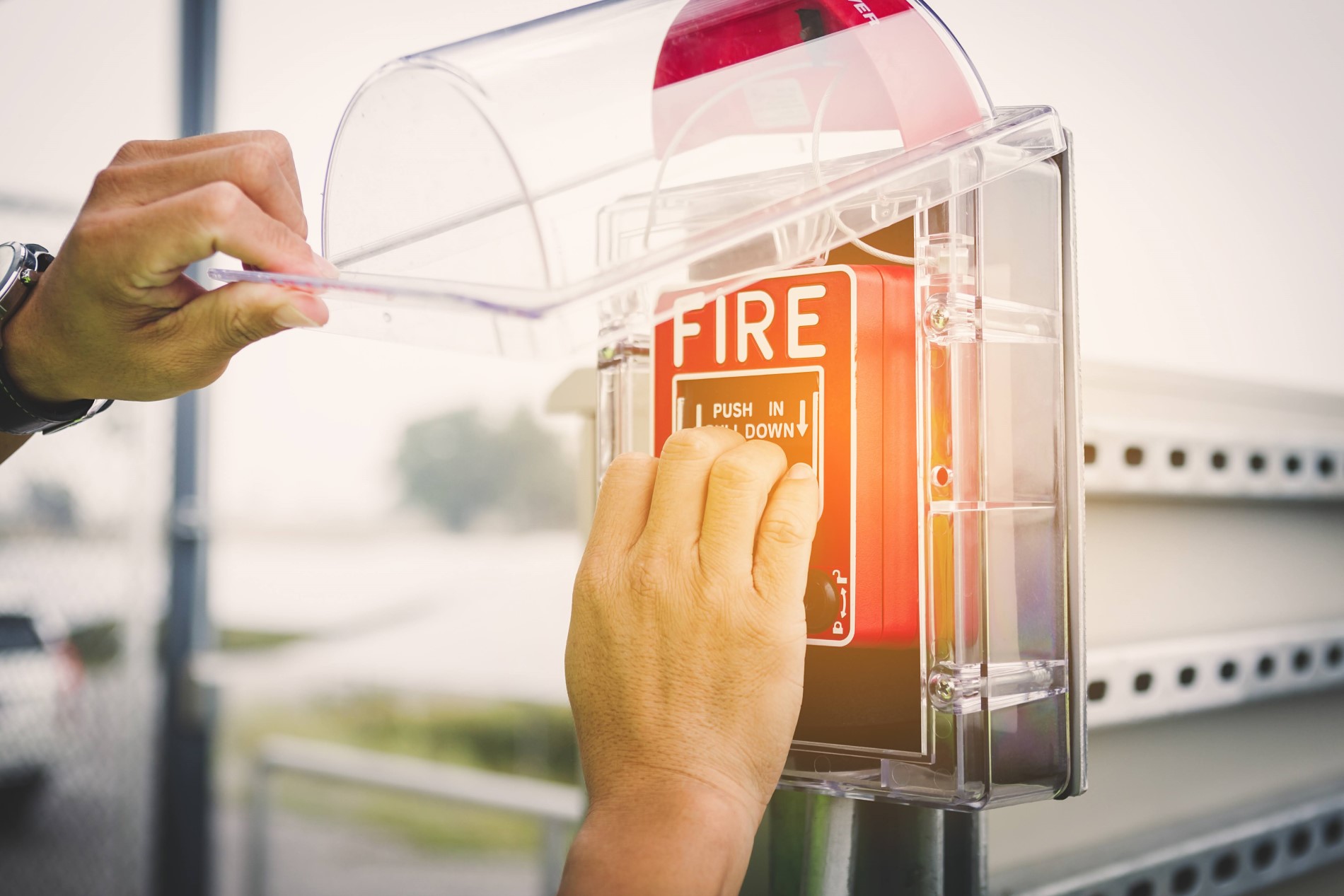

Other tests focus on quantifying dust properties and potential hazards. Ignition sensitivity tests measure the minimum energy required to ignite a dust cloud, helping determine the likelihood of ignition sources causing explosions. Explosion severity tests assess the violence and potential damage caused by dust explosions, providing important data for designing explosion prevention and protection systems.
Why do processing plants and factories invest in combustible dust explosion materials testing?
Combustible dust testing plays a crucial role in identifying the risks associated with combustible dust materials, enabling industries to implement appropriate safety measures and protect workers and facilities from potential hazards. Processing companies invest in obtaining dust fire and explosion test data for several important reasons, including:
- Compliance with Regulations and Standards: Many industries are subject to specific regulations and standards regarding combustible dust safety. These regulations, such as those set by the Occupational Safety and Health Administration (OSHA) in the United States or the European ATEX directives, require companies to assess and mitigate the risks associated with combustible dust. By obtaining dust fire and explosion test data, processing companies can demonstrate compliance with these regulations and ensure the safety of their operations.
- Worker Safety: The primary concern for any processing company is the safety and well-being of its workers. Dust fire and explosion test data provide valuable insights into the potential hazards present in the workplace. By understanding the risks associated with specific dusts, companies can implement appropriate safety measures and controls to protect their employees from fire and explosion incidents, reducing the risk of injuries, fatalities, and long-term health effects.
- Facility Protection: Dust fires and explosions can cause extensive damage to facilities, equipment, and infrastructure. By investing in dust fire and explosion test data, companies can identify the risks specific to their operations and implement preventive measures to safeguard their facilities. This may include implementing proper ventilation systems, explosion venting or suppression systems, and conducting regular maintenance and cleaning procedures to minimize the accumulation of combustible dust.
- Insurance and Liability: Insurance companies often require businesses to demonstrate that they have taken necessary precautions to mitigate potential risks. By providing dust fire and explosion test data, processing companies can show that they have assessed their hazards and implemented appropriate measures, which can help in securing insurance coverage and potentially reducing premiums. Moreover, having comprehensive test data can mitigate liability risks by demonstrating due diligence in addressing combustible dust hazards.
- Process Optimization: Dust fire and explosion test data provide valuable information about the behavior and properties of specific dust materials. This knowledge can be used to optimize processes and identify potential areas of improvement. Understanding the explosibility characteristics of different dusts can help companies select appropriate equipment, modify processing conditions, or choose alternative materials to minimize the risks associated with combustible dust.
Investing in dust fire and explosion test data allows processing companies to ensure compliance with regulations, protect their workers and facilities, mitigate liability risks, and optimize their processes. It is a proactive approach to safety that helps companies make informed decisions and implement effective measures to prevent life-threatening dust related incidents.


Addressing NFPA 652 Standard Regarding Combustible Dusts
Do you operate a facility that requires you to engage with substances that are dusty or powdery in n

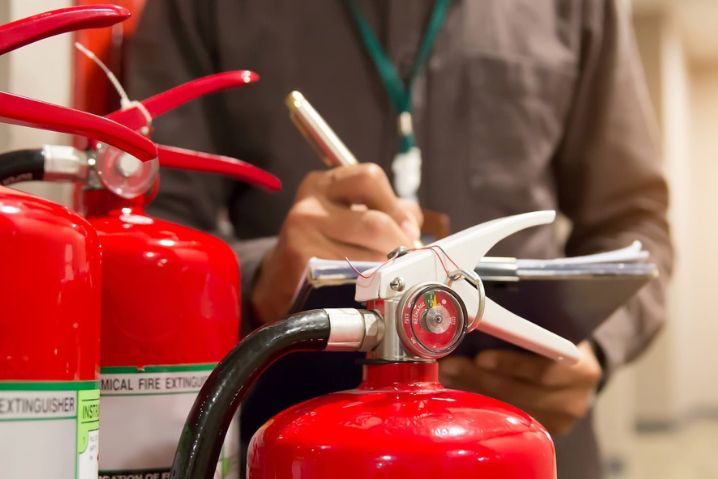
6 Industries Added by OSHA to the Combustible Dust NEP Program
n late January 2023, a new version of the Combustible Dust National Emphasis was issued by the Occup


Ensuring the Safety of Facility Through Dust Explosion Test Data
“Could it be a problem if my powder has demonstrated 3mJ of minimum ignition energy and 256 bar.m/
